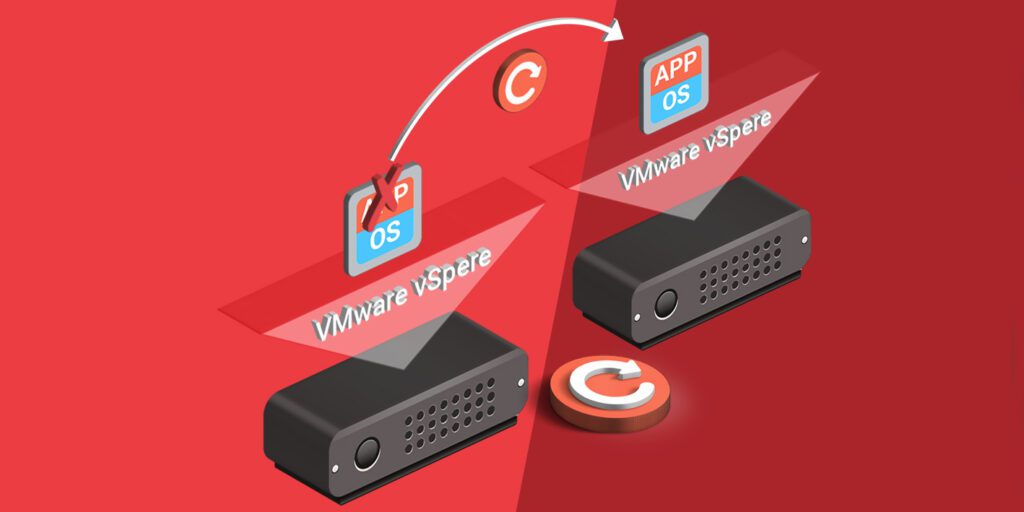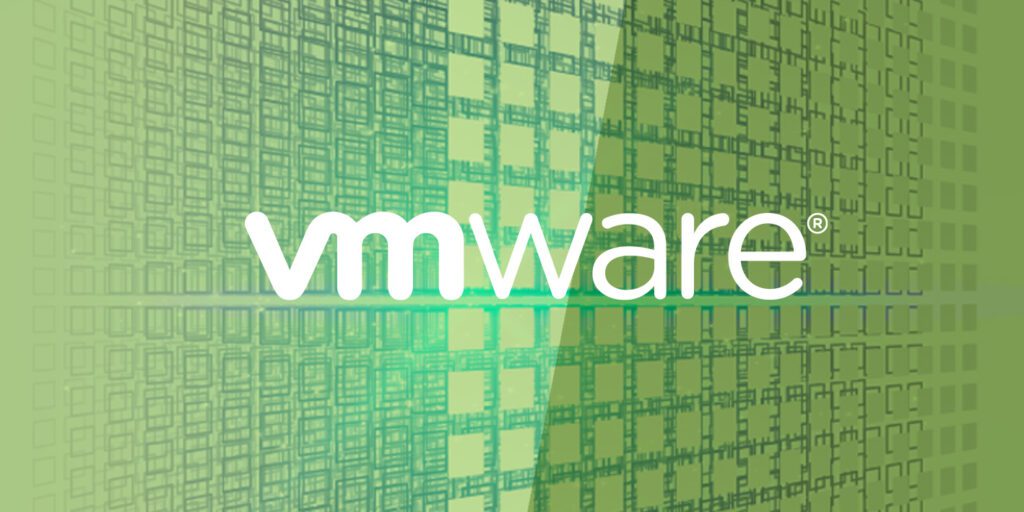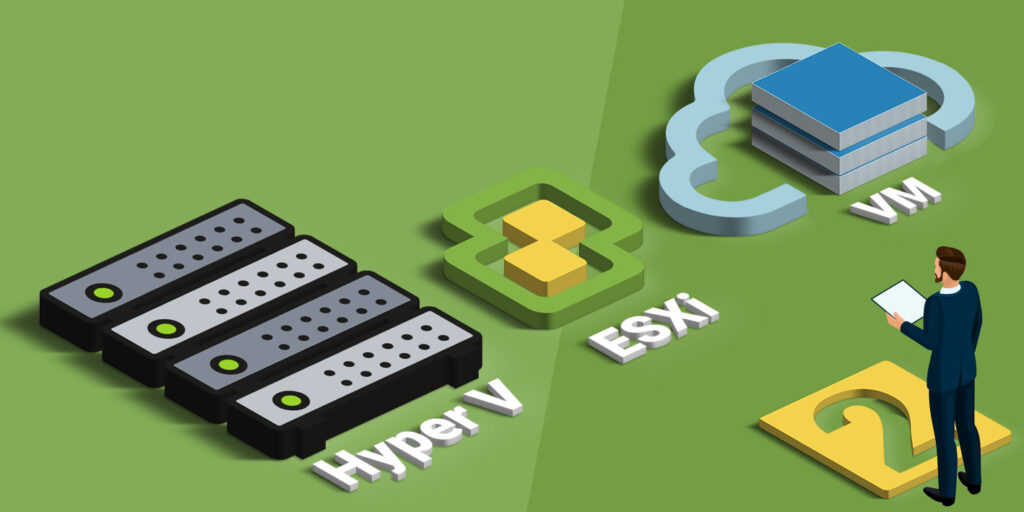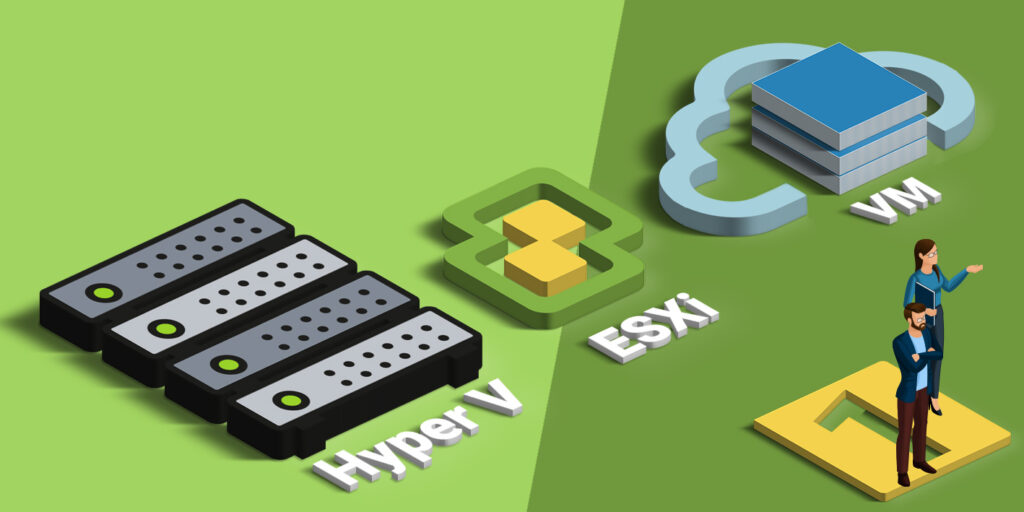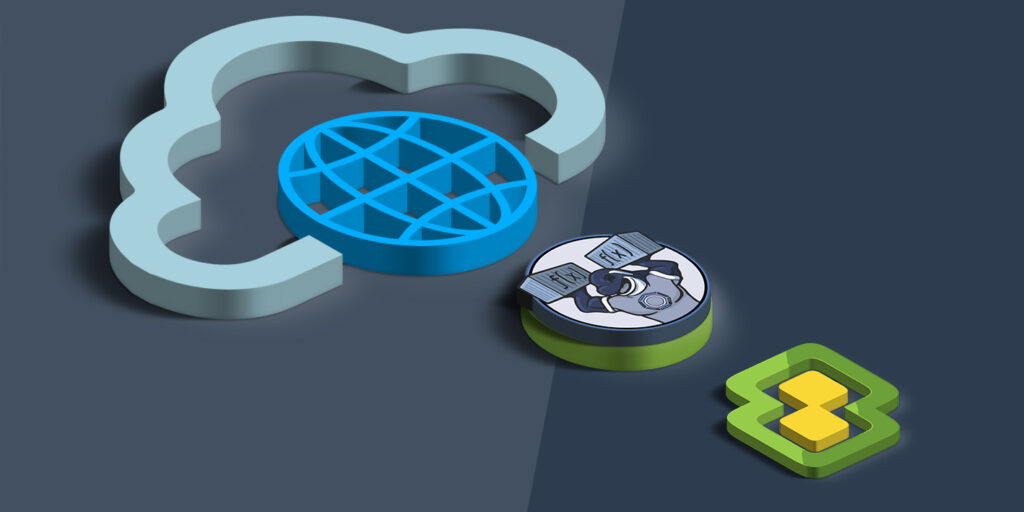„*“ zeigt erforderliche Felder an
VMware vSphere Schulungen & vSphere Live Online Training
VMware vSphere, der Hypervisor von VMware und fungiert als Abstraktions-Ebene zwischen der physischen Hardware deiner Server und den zu virtualisierenden Servern mit dem jeweiligen Betriebssystem. VMware vSphere bietet ein intelligentes Ressourcenmanagement und stellt leistungsfähige Komponenten zur Leistungsüberwachung und Zugriffskontrolle zur Verfügung. Den perfekten Einstieg biete dir unsere vSphere V8 Schulung VMware vSphere: Install, Configure, Manage!


